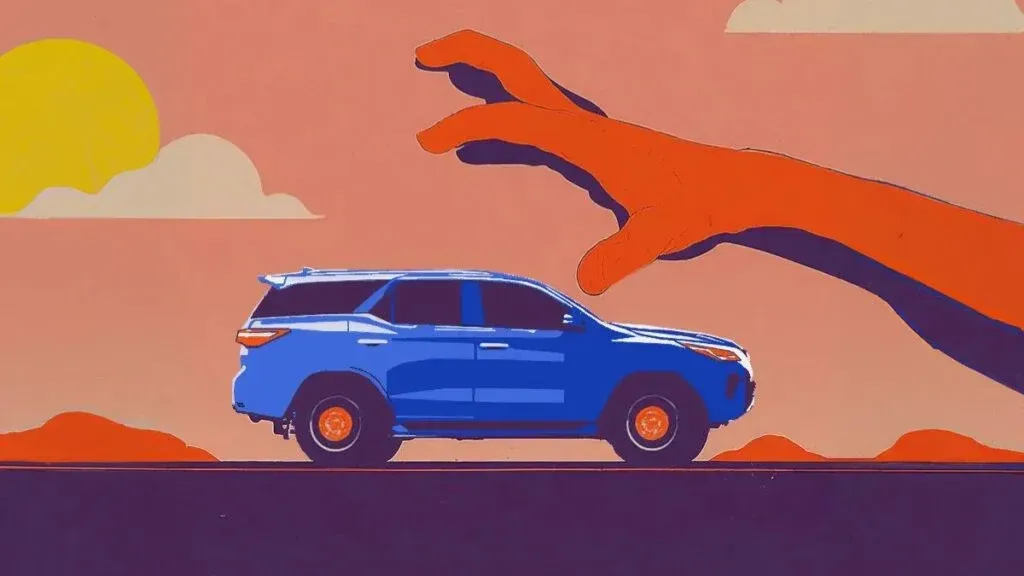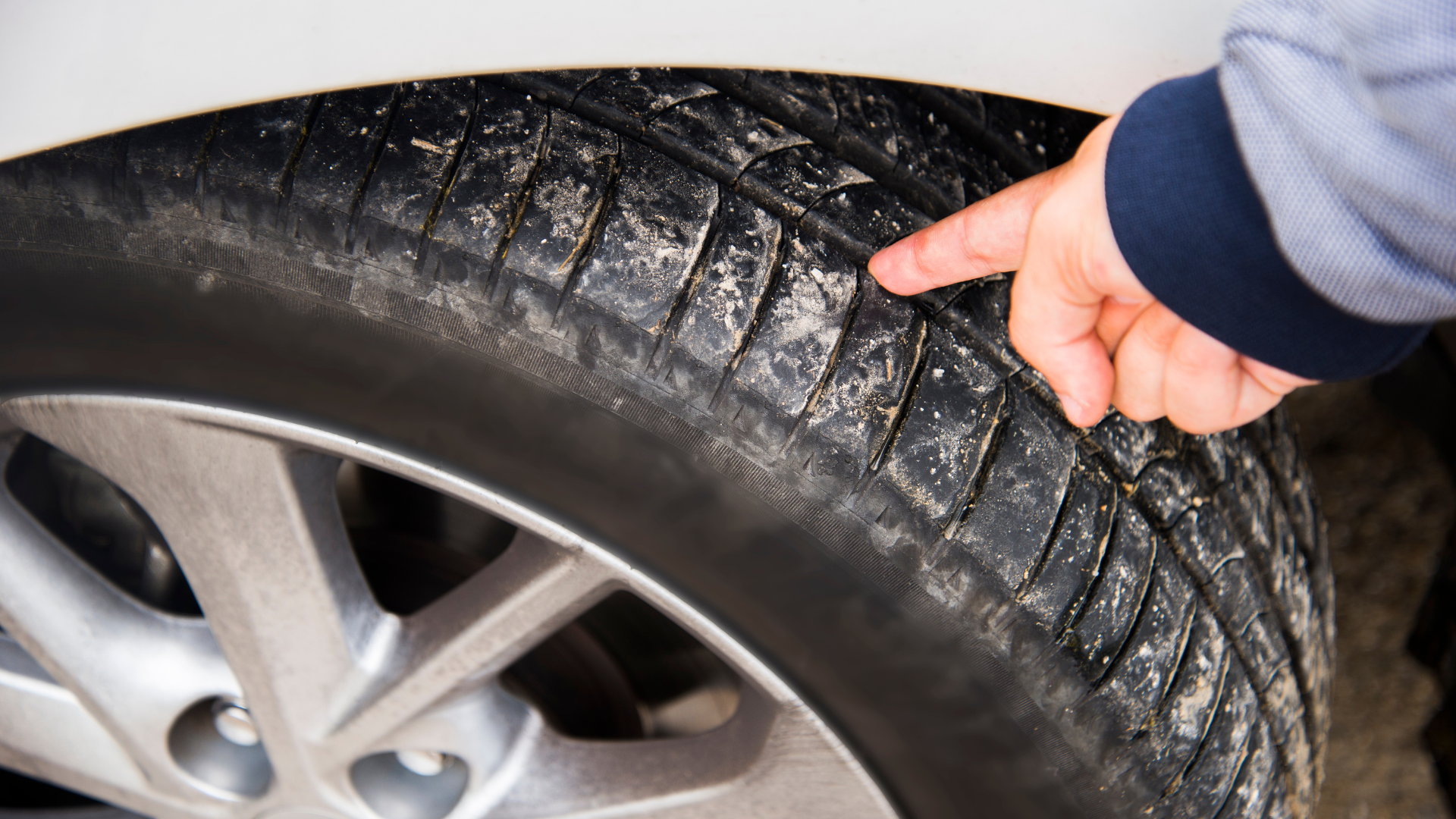Criminals targeting shopping malls in South Africa
South Africans who enjoy visiting shopping malls are being warned that criminals are increasingly targeting vehicles parked at these centres.
Private security companies and the South African Police Service (SAPS) have raised the alarm over a rise in car thefts involving remote jamming devices.
In Pretoria, security firm Bull Security has reported a notable increase in these incidents, especially in the eastern parts of the city, such as Mooikloof.
Remote jamming is a method where criminals block the signal between a car owner’s remote and their vehicle, preventing the car from locking.
Bull Security spokesperson French Jooste explained that thieves typically wait in mall parking areas and jam the signal when the driver walks away.
This leaves the vehicle unlocked and vulnerable to theft, often without the owner even realising it. “The device used to jam the signal can be as simple as a gate remote or more advanced,” said Jooste.
“Because of the signal interference, your car won’t lock, and if you don’t check, you’ll walk away thinking it’s secure.”
He advised drivers to always manually check that their doors and boot are locked before leaving their vehicle and to never leave valuables visible inside.
Jooste also stressed the importance of parking in visible, busy areas, preferably those monitored by CCTV, to deter criminals.
He added that if drivers notice issues locking their vehicles, they should immediately report them to on-site security.
Last year, a member of parliament (MP) was a victim of this uptick in vehicle thefts from shopping malls.
A car worth R4 million belonging to the MP was stolen from a prominent mall in Gauteng. Fortunately, the vehicle was recovered outside Polokwane before it could be smuggled into Zimbabwe.
Insurance companies and the SAPS have both said they are aware of the targeting of high-value vehicles in mall parking lots.
According to SAPS, organised syndicates are heavily involved in these crimes, which include both theft and hijacking.
Their latest statistics show that over 7,700 vehicle thefts and more than 4,800 hijackings occurred in the last three months of 2024—an average of 140 incidents per day.
While not all occur at shopping malls, hotspots include larger urban areas in Gauteng, the Western Cape, and KwaZulu-Natal.
Tracker’s Chief Operating Officer, Duma Ngcobo, confirmed that malls remain key hotspots for vehicle crimes.
He highlighted that hijackings peak on Fridays between 15:00 and 22:00, while car thefts are most common on Saturdays from 11:00 to 15:00.
What happens to South African cars hijacked or stolen

Syndicates in Botswana, Mozambique, Namibia, Zimbabwe, and local chop shops are the primary consumers of stolen vehicles from South Africa.
According to experts like security firm Fidelity Group and Cartrack, the cars are either dismantled for parts or smuggled into neighbouring countries.
The demand is driven by economic hardship, both locally and abroad, where the high cost of original vehicle parts makes cheaper, often illicit, alternatives more attractive.
Popular models like the Toyota Hilux, Fortuner, Corolla Cross, and RAV4 are frequent targets, due to their durable engines and ability to handle rough terrain.
As recent as Thuesday 15 May, Members of Provincial Anti-Smuggling Team in Limpopo intercepted a stolem vehilce from South Africa.
The team noted that it intercepted a suspected stolen white Toyota Corolla Cross vehicle intended to be smuggled to neighbouring Zimbabwe.
Fidelity Services Group noted that about 30% of hijacked vehicles are smuggled across the country’s borders and sold at lower prices in poorer nations, where new cars are unaffordable.
According to Cartrack, the popular smuggling routes used by criminals include:
- Through Sikwane in North West for Botswana,
- Various points in KwaZulu-Natal and Mpumalanga for Mozambique, and
- Vioolsdrift in the Northern Cape for Namibia, and across the Limpopo River—sometimes by donkey cart—for Zimbabwe.
In one extreme case, syndicates in northern KZN built makeshift steel bridges to move stolen vehicles over barriers.
Once across the border, vehicles are fitted with fake plates and often rerouted through Zambia, a major trafficking hub thanks to its central location and shared borders with eight other countries.
In response, South African authorities have stepped up efforts to curb smuggling. In KZN, a long-delayed 25-kilometre concrete barrier along the Mozambique border began construction in phases.
As of late 2024, just over 7 kilometres of the first section had been completed. Even this partial completion has reduced vehicle smuggling, with monthly cross-border thefts dropping noticeably.



